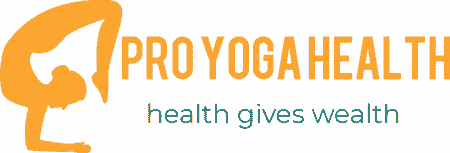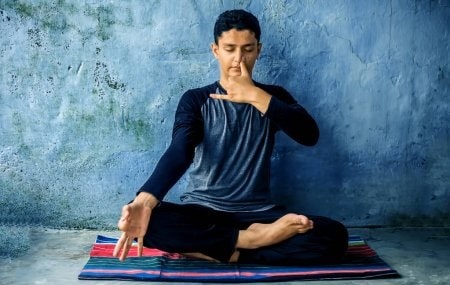Pranayama has a special place in Ashtanga Yoga. The expansion of life energy is called pranayama. Regularly practicing pranayama leads to a great increase in life energy. By practicing this, a person gets complete health and life increases. You can also understand the importance of pranayama with a small example, like – a tortoise takes 4 to 5 breaths in 1 minute and its age is about 200 to 400 years. At the same time, a person takes 15 to 16 breaths in 1 minute and lives for about 100 years.
What is pranayama
Pranayama can be called yoga that balances breathing. It is made up of two words – Prana + Ayam. Here prana means ‘life energy’ which exists in some form in the whole universe and Ayam means – expansion or control. Therefore, pranayama means that the expansion or control of life energy is called pranayama.
Types of Pranayam
- Nadi Sodhana
- Shitali Pranayama
- Ujjayi Pranayama
- Kapalabhati Pranayama
- Dirga Pranayama
- Anulom-Vilom Pranayama
- Bhramri Pranayama
- Bhastrika Pranayama
- Sheetli Pranayama
- Moorchha Pranayama
- Palawani Pranayama
Benifits of Pranayama
It has a special place in Ashtanga Yoga. It has different importance in giving happiness to human life and keeping it healthy throughout life. Maintaining health in today’s stressful life is not easy. By practicing Pranayam, you can solve most of the problems. By adopting Pranayama, you can get the following benefits.
- It provides long life.
- Increases the strength in the body.
- It balances the Vata, Pitta, and Cough in the body which keeps the person healthy
- It removes old age effects. By this practice, the speed of blood circulation in older people is normal and they get full oxygen so that their body remains young.
- Relieves stress, anxiety.
- The practice of Nadi-Shodhan pranayama leads to the purification of contaminated Nadis.
- Get rid of all problems related to constipation, indigestion, and digestion.
- It is very beneficial for asthma patients.
- The immunity of the body increases.
- Pranayamas are also beneficial in making the digestive system work smoothly.
- All diseases related to the heart and lungs are removed.
- People become enlightened. That is, by coming into all senses, a person becomes alive, by which he gets the knowledge of the essence of human life.
Precautions during Pranayama
The following precautions and rules should be kept in mind while doing pranayama.
- The practitioner should make complete arrangements in advance to avoid mosquitoes, flies, insects, and kites while practicing.
- It should be practiced by sitting in Padmasana or Siddhasana.
- Whatever place you choose, there should be the arrival of pure air and there should be no noise.
- It gives more benefits by sacrificing alcohol, tobacco, non-vegetarian, etc.
- Determine the time, place and direction.
- The practice of Pranayama is scheduled before sunrise and after sunset, but even if you have to do it at other times, it should be done 3-4 hours after eating.
- Practice should be done by focusing the eyes on the nose and closing the eyes.
- The mind should be fully engaged in breathing. This results in faster development of concentration, memory and mental peace.
- Do not be in a hurry.
- The practitioner must bring stability to the spinal cord, that is, the practitioner must keep the spinal cord straight.
- Choose Pranayama according to your physical condition. Because some provide coolness and some produce heat.
- Pregnant women should practice pranayama under the supervision of a qualified yoga guru.
- One should never practice pranayama immediately after fasting, empty stomach or having food.
Thanks for reading



Once a patient is diagnosed with severe aortic stenosis, they may be referred to a Cardiac surgeon or a Cardiologist. The treatment plan for each patient uses an individualized approach and will consider age, medical condition and other factors. My Aortic Stenosis